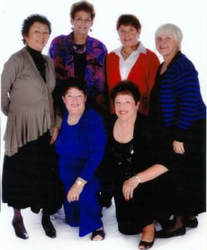
My new adventure on this trip was Dog Sledding on the Mendenhal Glacier. It was awesome. Not that we raced the Iditarod or anything like that. We only went five miles-an-hour for an hour around in a huge circle. Still, it was a wonderful experience.
The Mendenhal Glacier
Part of the overall impact of the adventure was the helicopter flight over the mountains and onto the glacier. From the air, you get an entirely different picture of the size of a 36.8 square mile chunk of ice, plus riding in the chopper was a hoot.
At the terminus of the glacier (where the ice meets the lake), the height is 10 to 70 feet and the width is 2,835 feet. At its thickest, the ice is 2,230 feet thick. Where the ice is breaking off into the lake, the color is deep blue. So why does glacial ice look blue, but snow looks white?
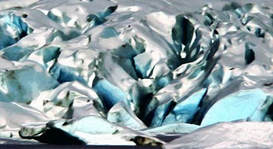
“Glacial ice only looks blue when it has become very dense. Years of compression slowly increase the density of the ice, from loose and fluffy snow to extremely dense ice. As it is compressed, the air trapped between the original snow flakes is forced out.
When glacier ice becomes extremely dense, the properties of the ice change. It now absorbs all the colors in the spectrum except blue, which it reflects. This is why it looks blue. From this, you have probably worked out that it's the trapped air in snow that makes it reflect almost all the spectrum and appear white. So, white ice is new ice, blue ice is old ice.”
The exposed ice looks like the first photo below, but much of the ice is covered by twenty-five to thirty feet of snow, second photo, much of which will melt almost to the ice by the end of the summer.
The dog sledding camp is on the glacier (photo on right, above). A staff of 13 live in tents for the summer season, and the only way to get in and out is by helicopter. Each god has it house that looks like a little igloo, but few of them were inside. Our musher explained that most of the dogs are used to much colder weather and this was hot for them.
In our case, the sleds were double stacked with a three-person sled behind the dogs, with the musher standing, and pulling a two-person sled where one person stand and works the brakes. The picture on the left is the kind of sled we used.
During our ride, she talked to the dogs in a normal voice, not shouting, and the dogs heard and obeyed. We stopped several times to give the dogs a rest and let them cool off and lick or eat the snow. Some dogs wear booties to protect their feet, but they also can run without them. They love to run.
The photo on the left was my view of the team. The one to the right, with the booties, wasn't our group.
That's us on the right, five of the Berkeley 6, left to right: Josie Rhodes, Karin VanLeuven-Gomez, Lillian Kizu-Utsumi, Kris VanLeuven-Mikami , Ann Coombs-Siracusa. Missing: Nancy McAvoy. 2012
The Alaskan Husky Dog
Contrary to what I believed, the Alaskan Husky is a type or category of dog, not a breed, and they were smaller than I expected. Sled dogs are generally mixed breeds, primarily Alaskan Malamute and Siberian Husky, along with a number of other breeds such as the Greenland Dog, Pointer, and Chinook. They are bred to have very dense double coats, wide padded feet, erect ears, a curled tail, wedge-shaped head, and a muscular build.
History of Dog Sledding
For many centuries, people in northern countries have used dog sleds for transportation. It was the only way to get around. Dog sled racing in the early 1900s when, in 1908, and the sport quickly evolved. Now, in addition to the famous Iditarod Race (Anchorage to Nome, Alaska), there are many such long distance races in Alaska and other parts of the world.
The good old days!
The six of us in 1962, dressed up in costumes for the UC Berkeley Department of Architecture Beaux Arts Ball.
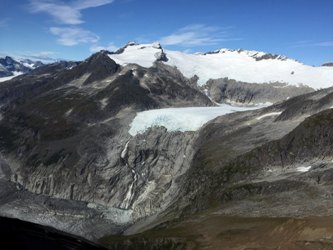
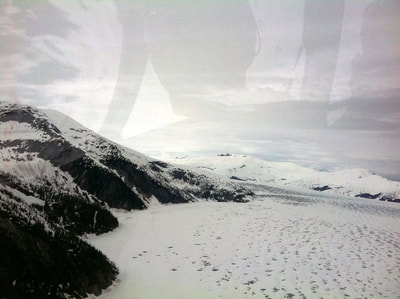
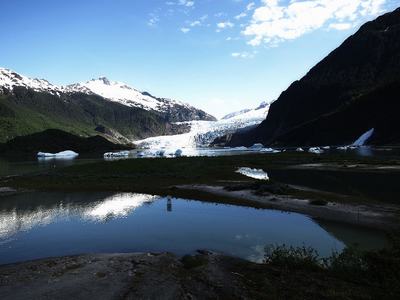
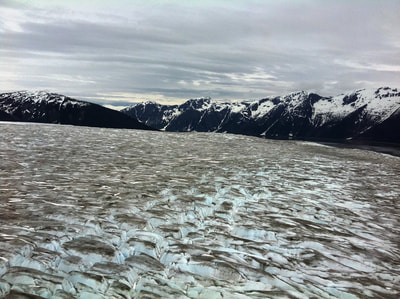
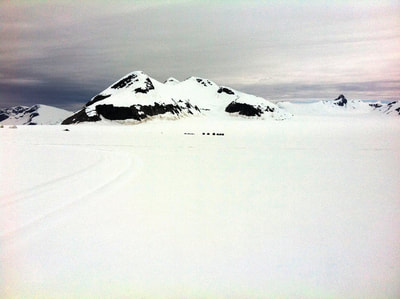
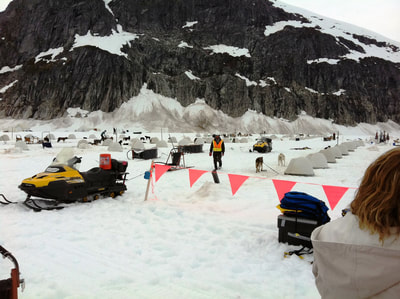
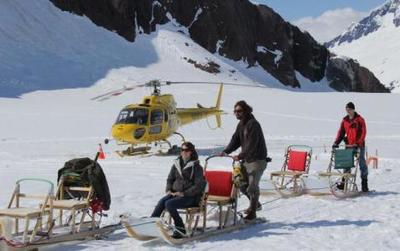
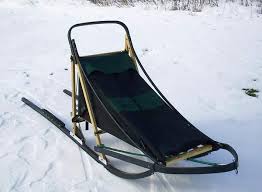
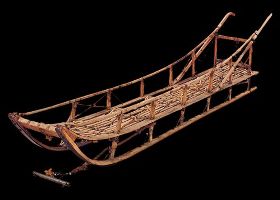
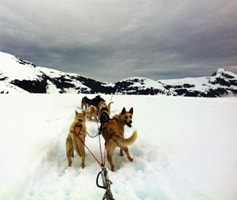
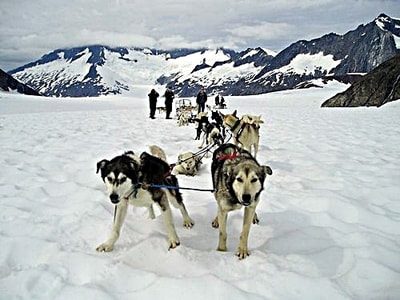
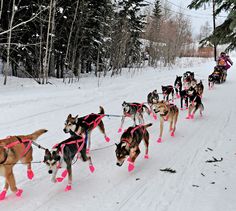
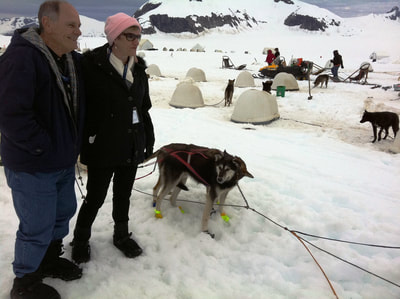
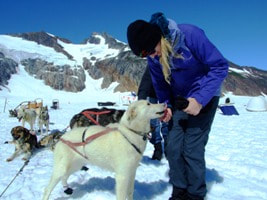
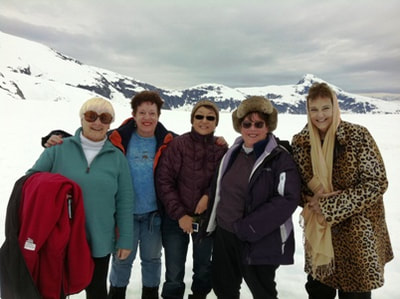

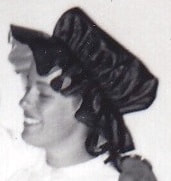
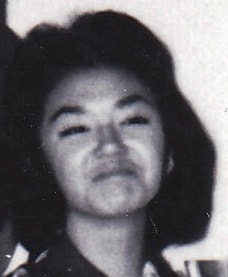



 RSS Feed
RSS Feed